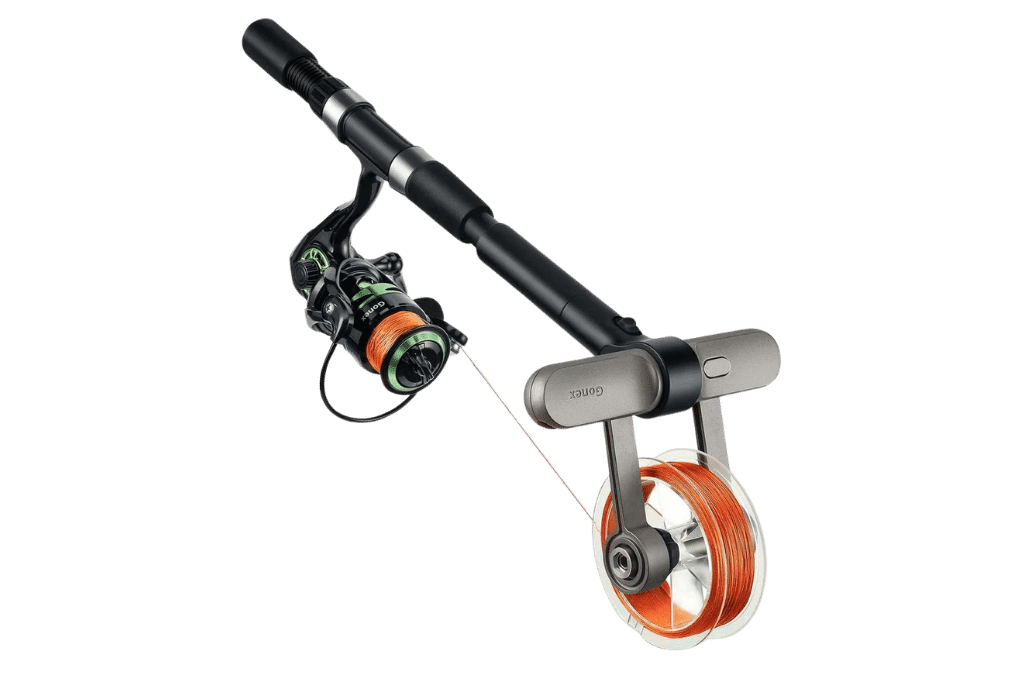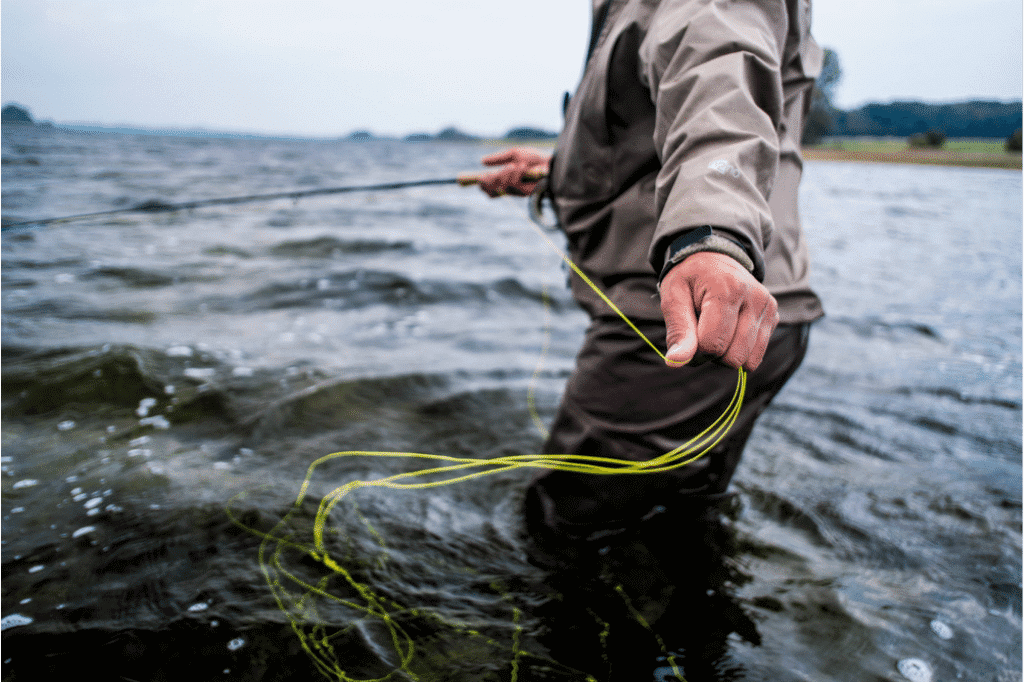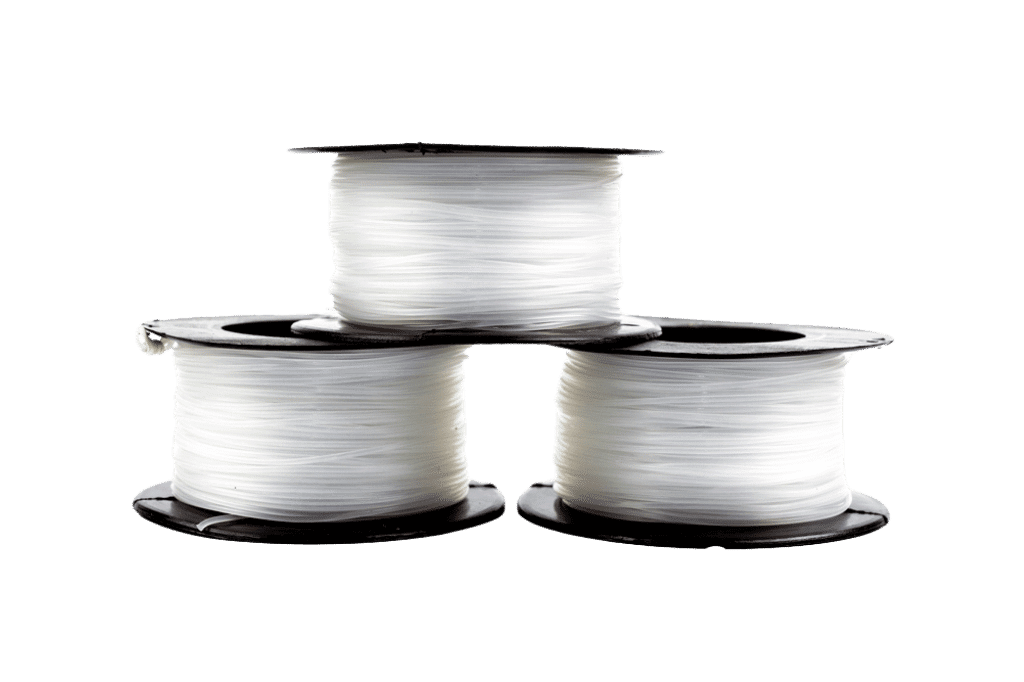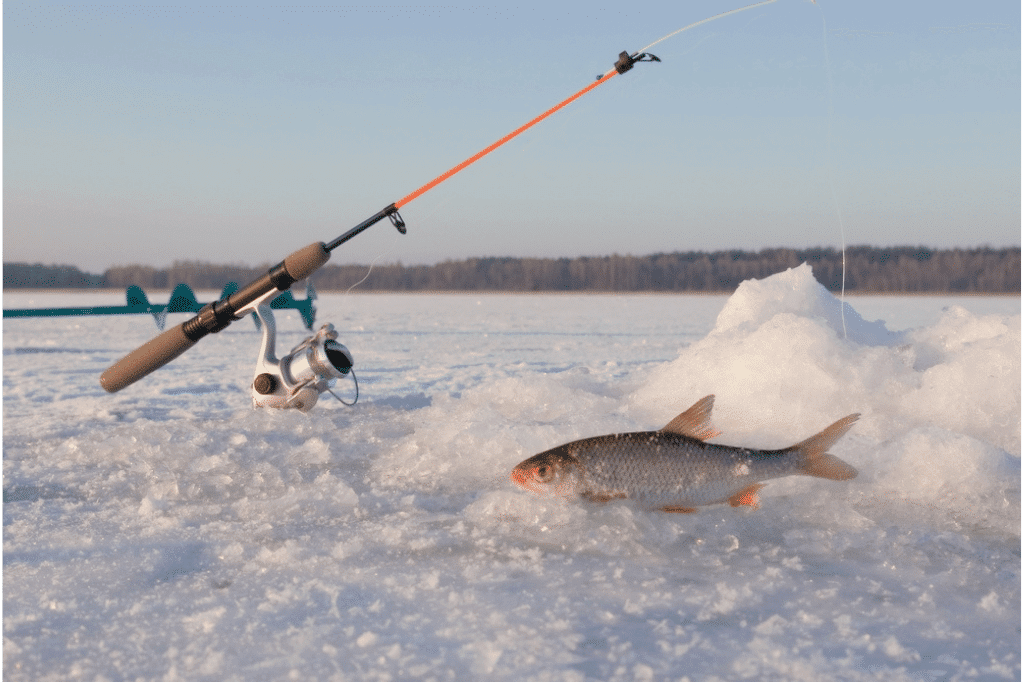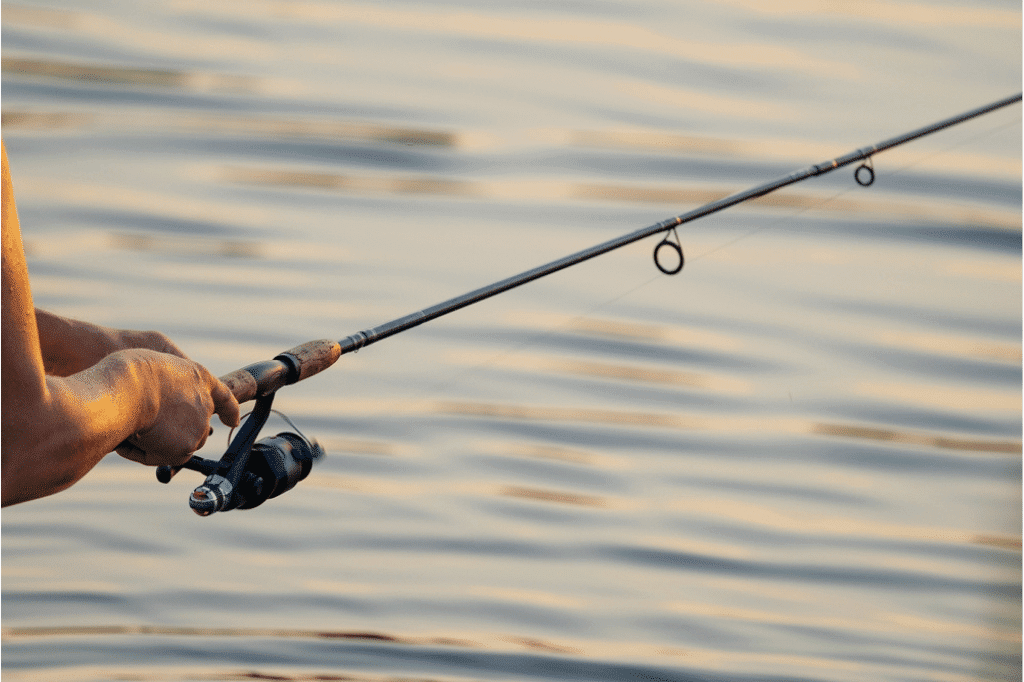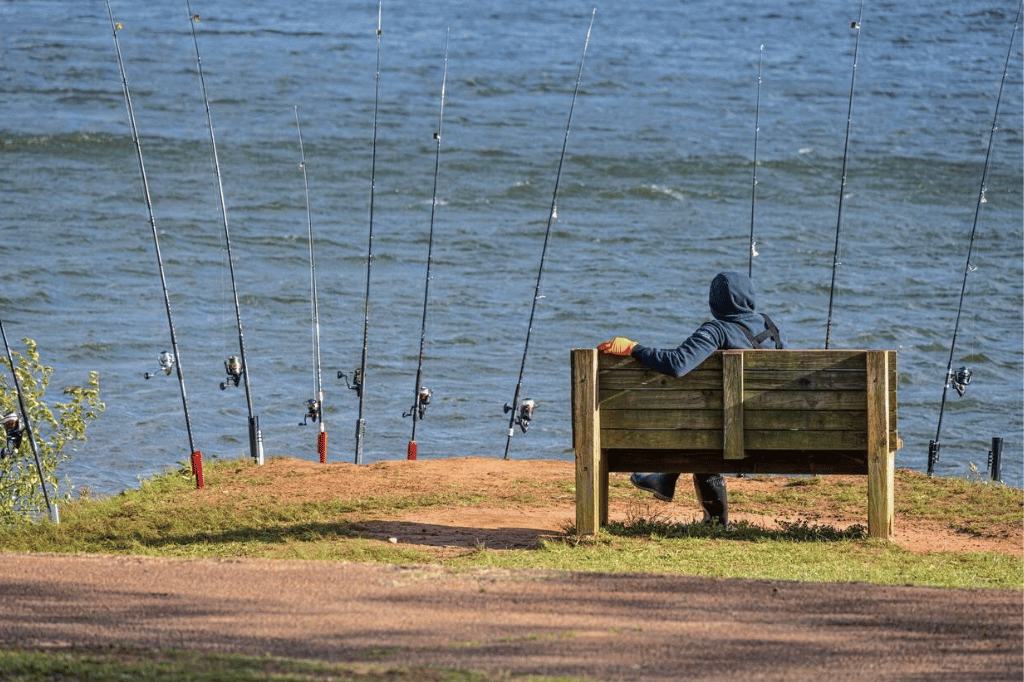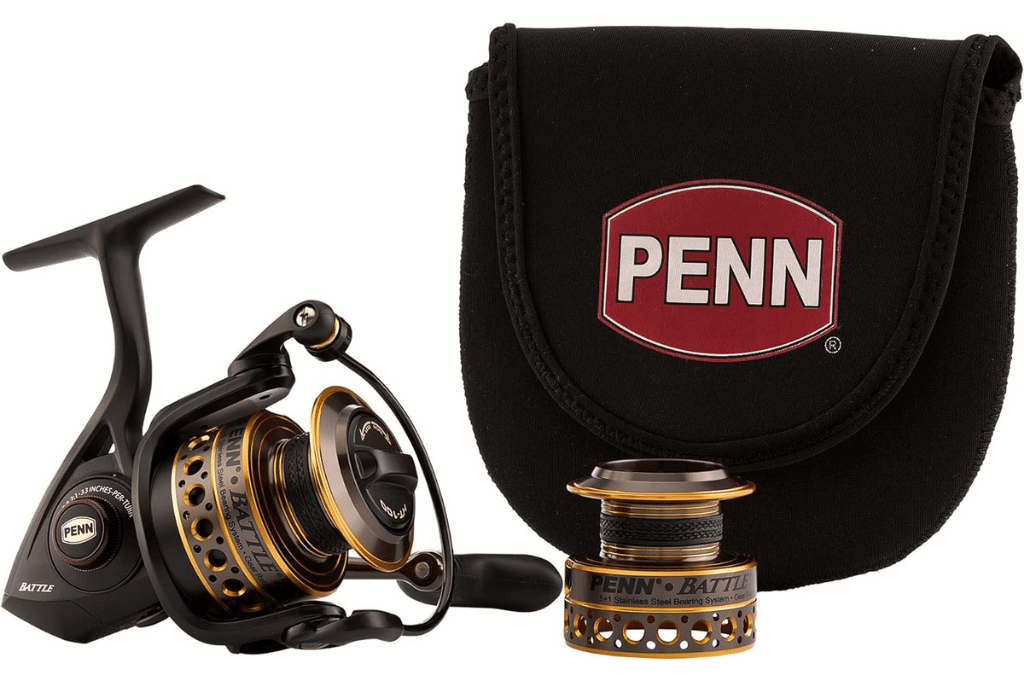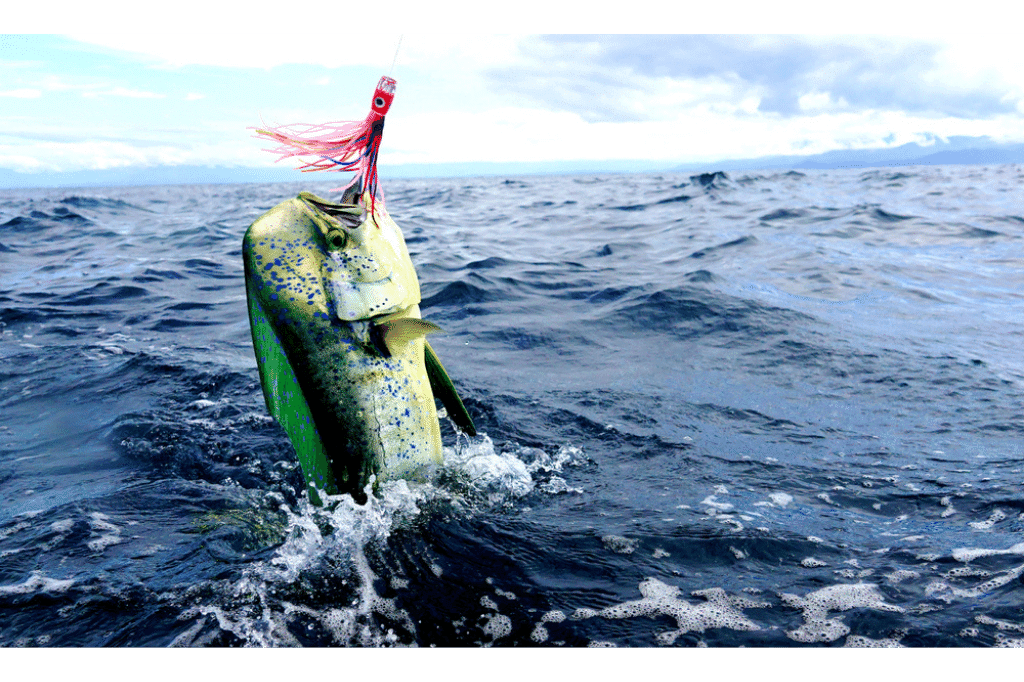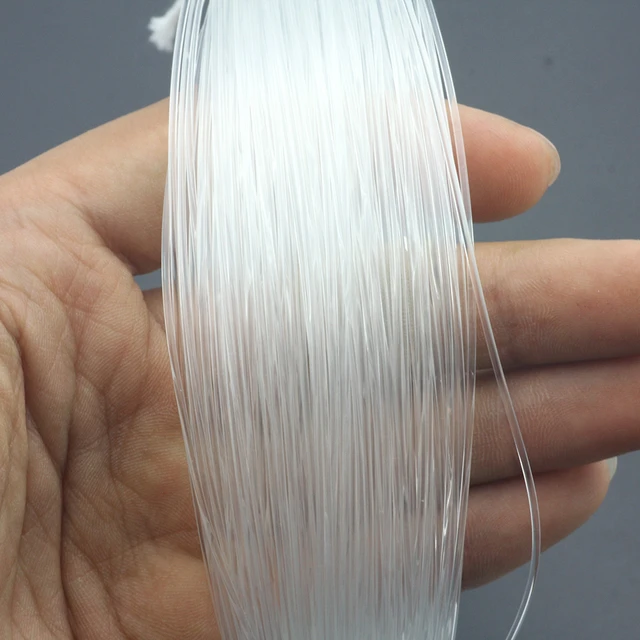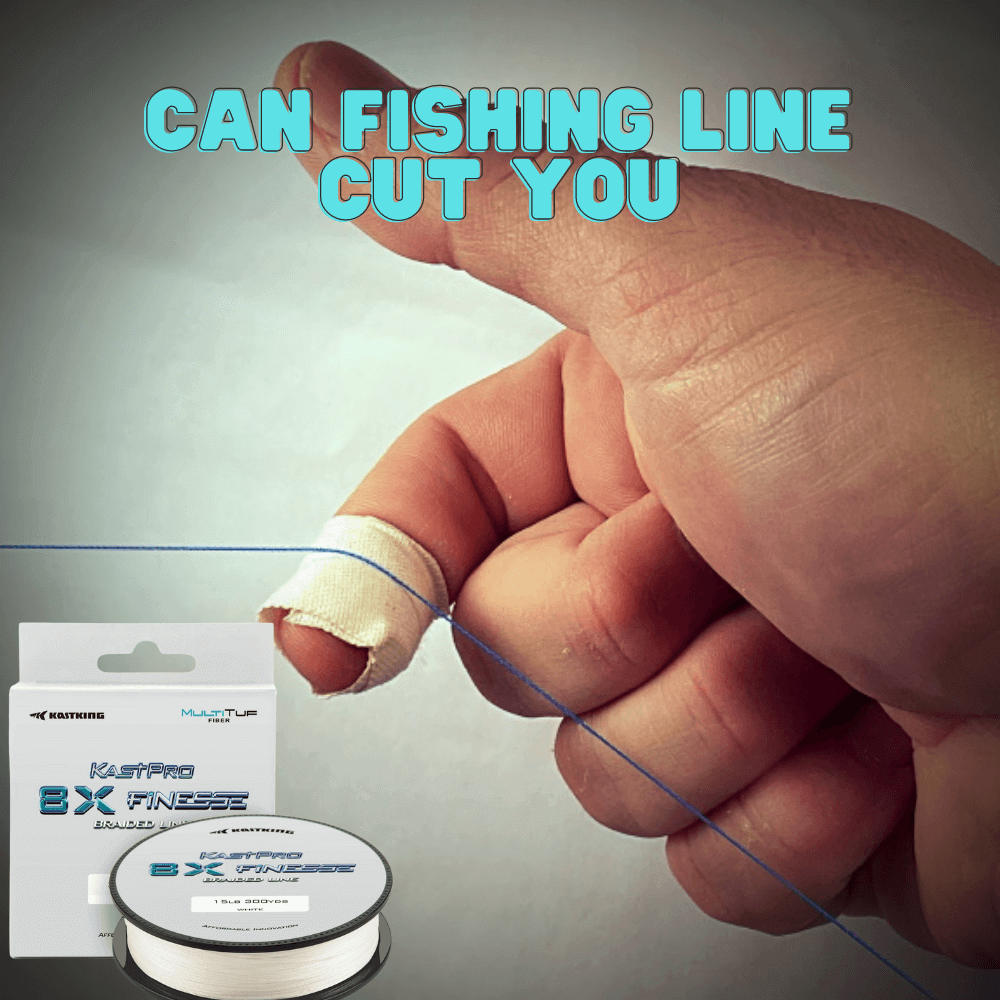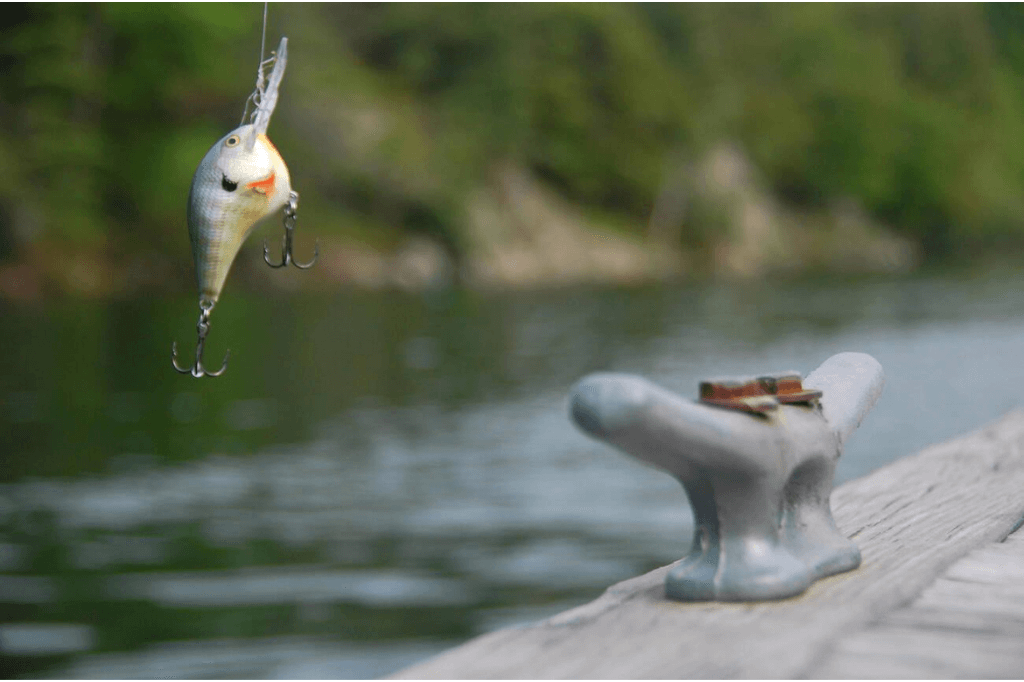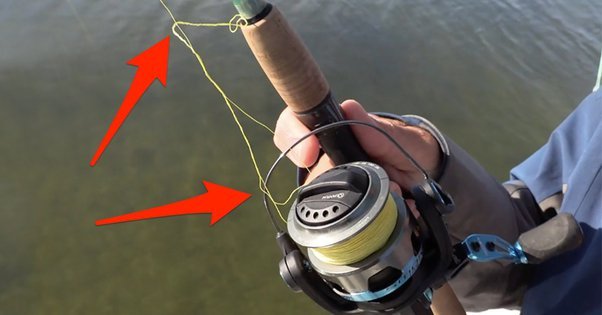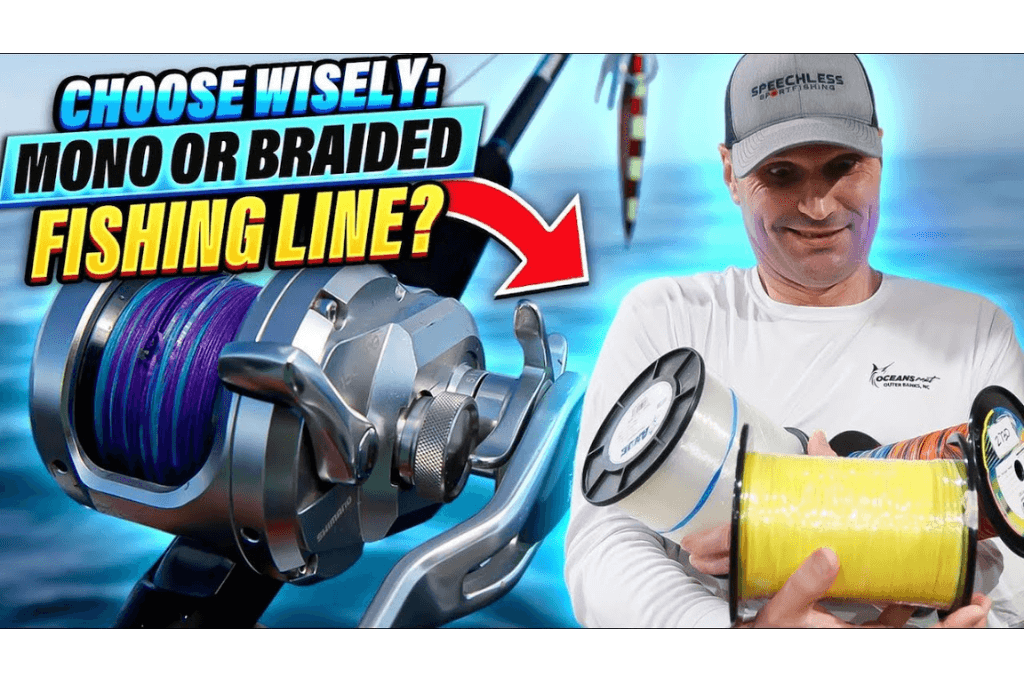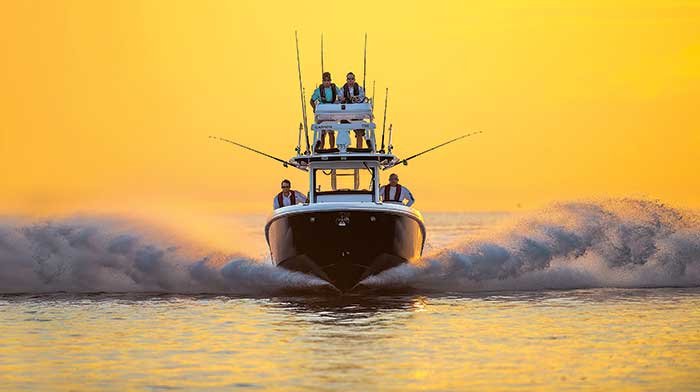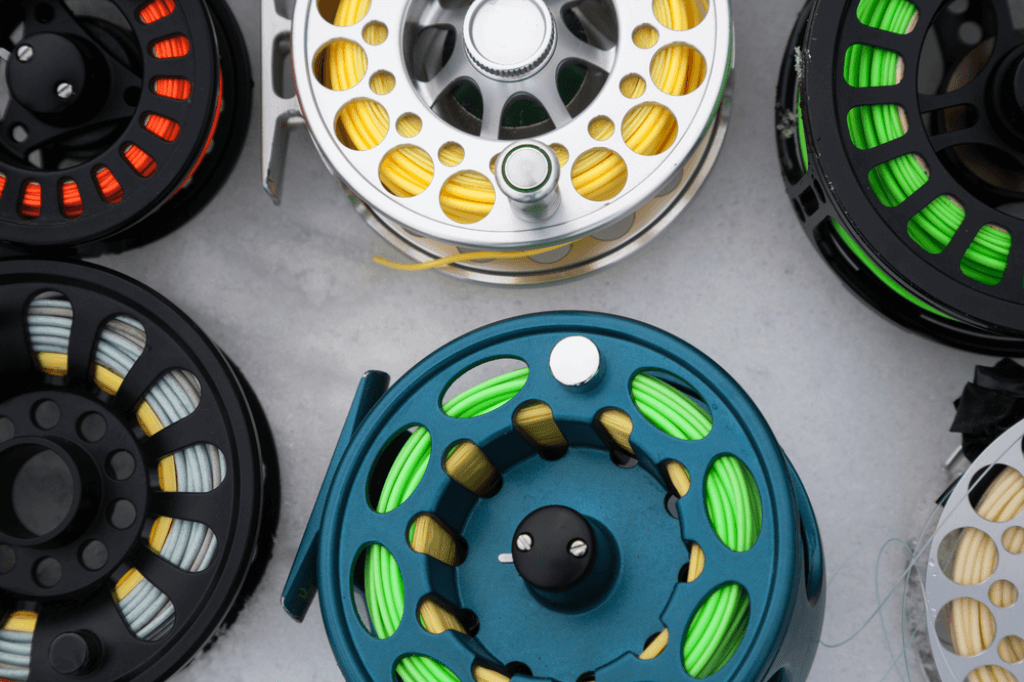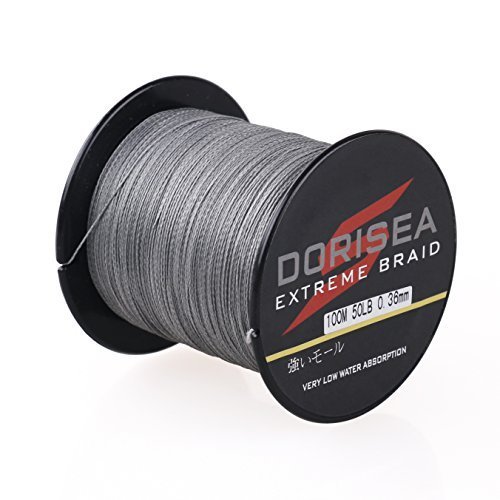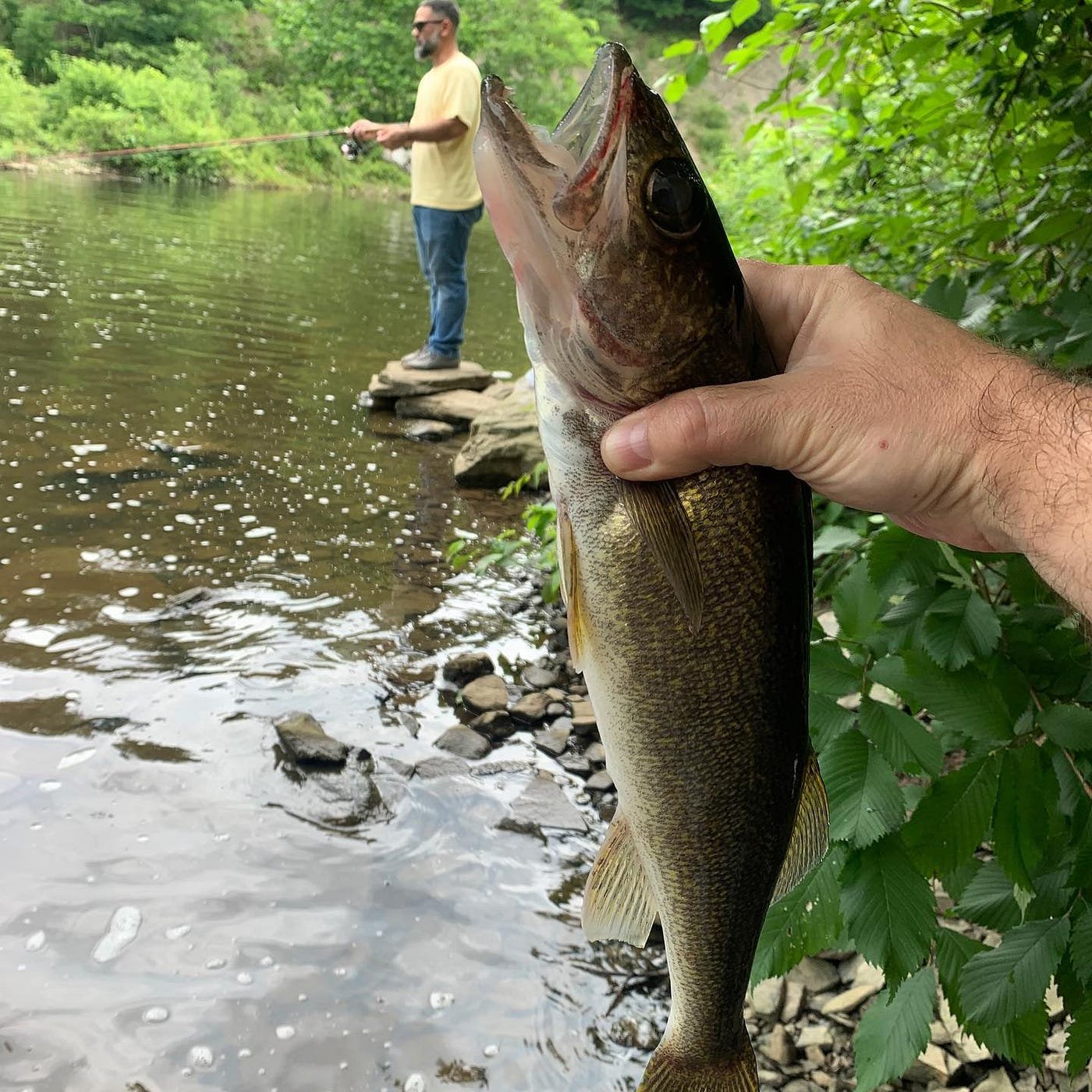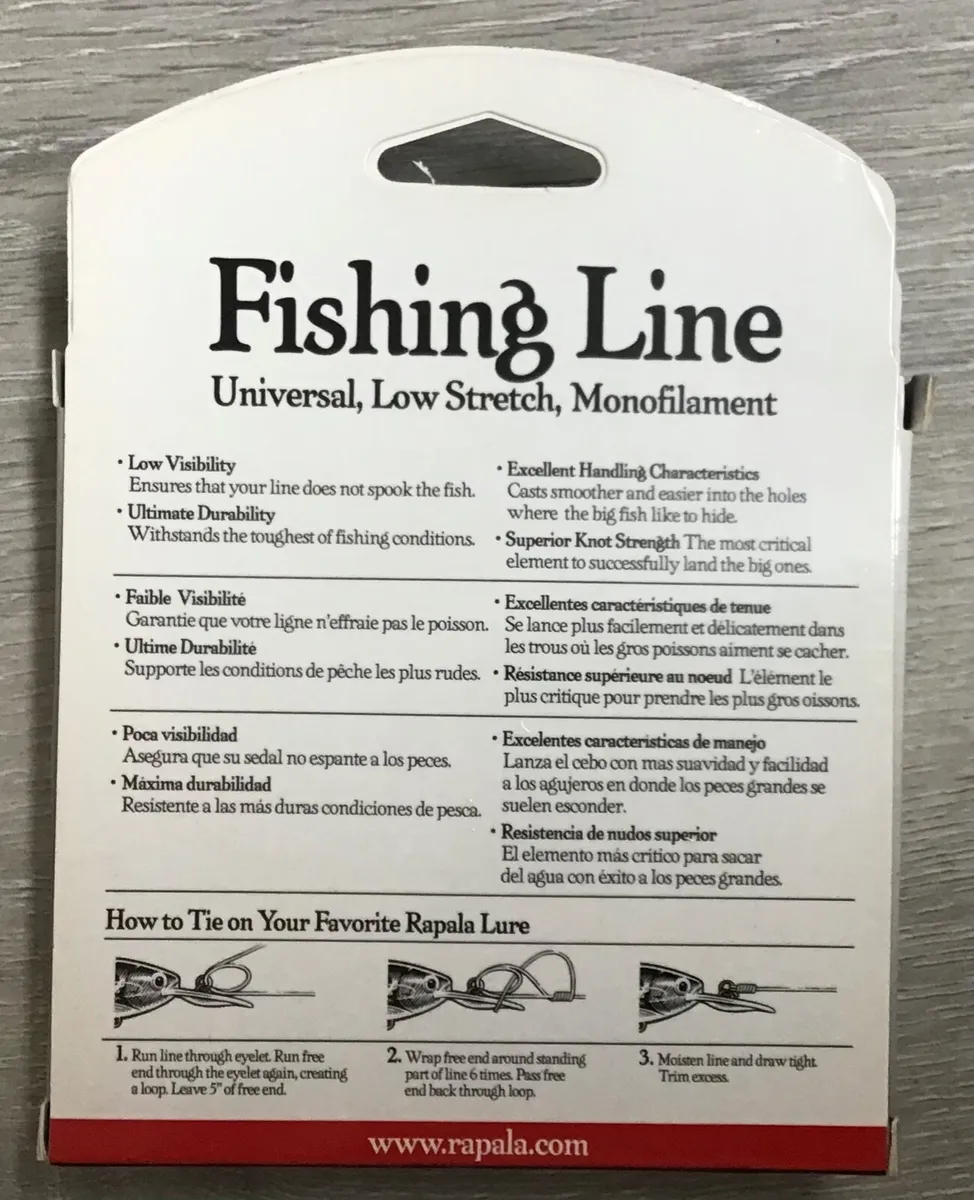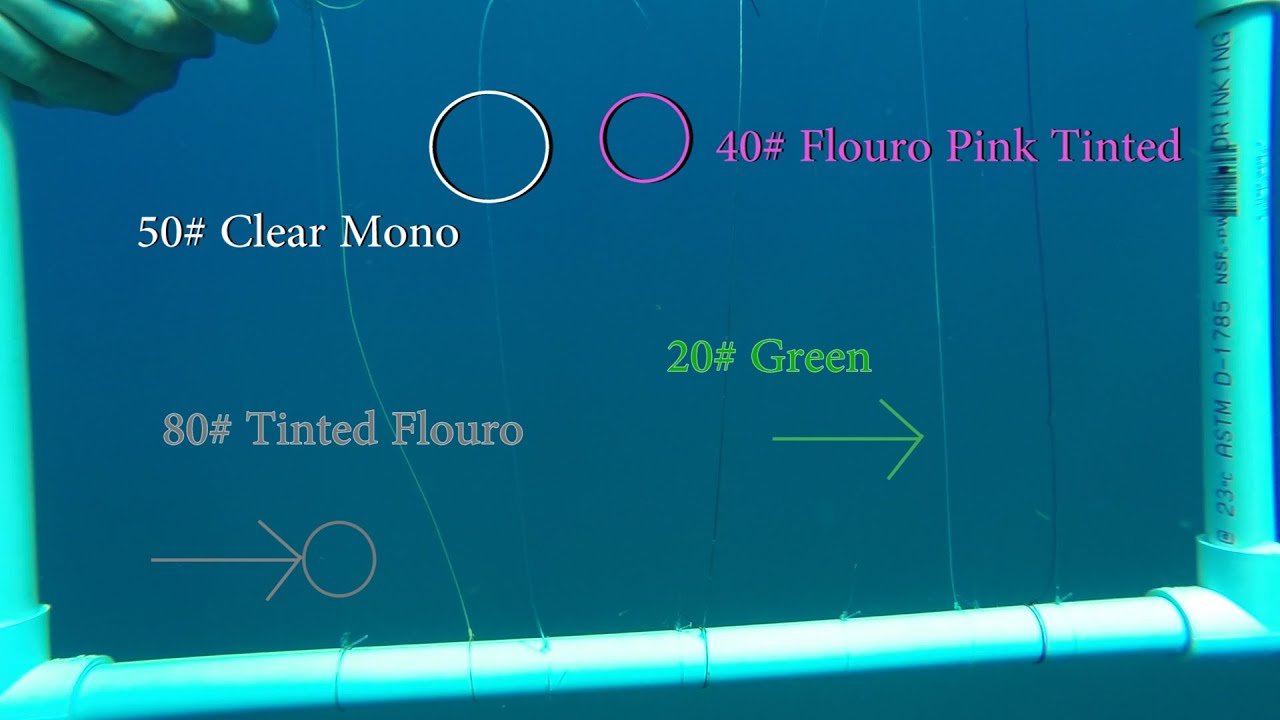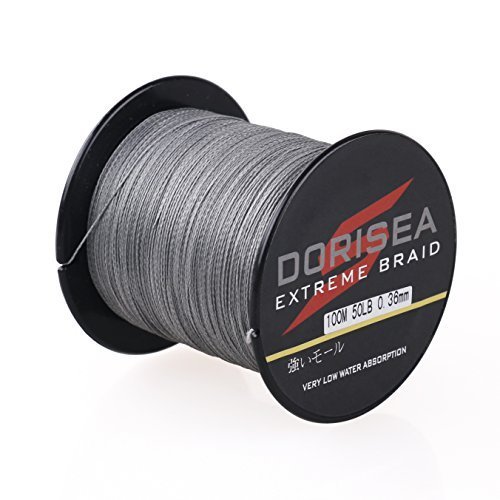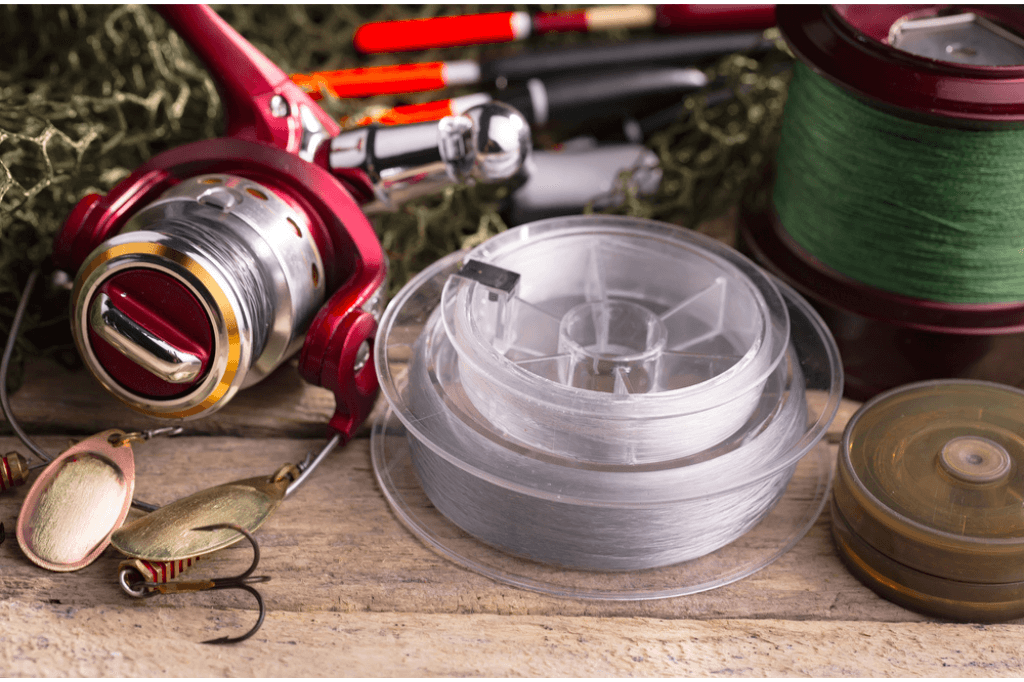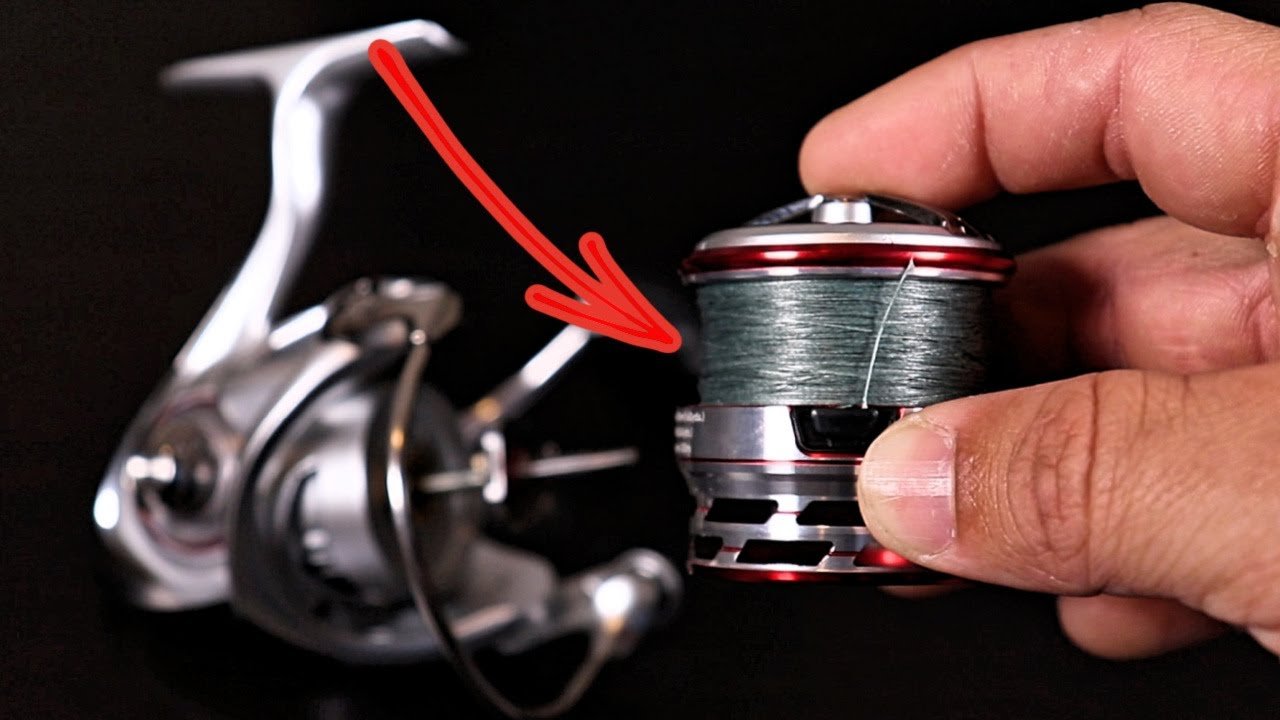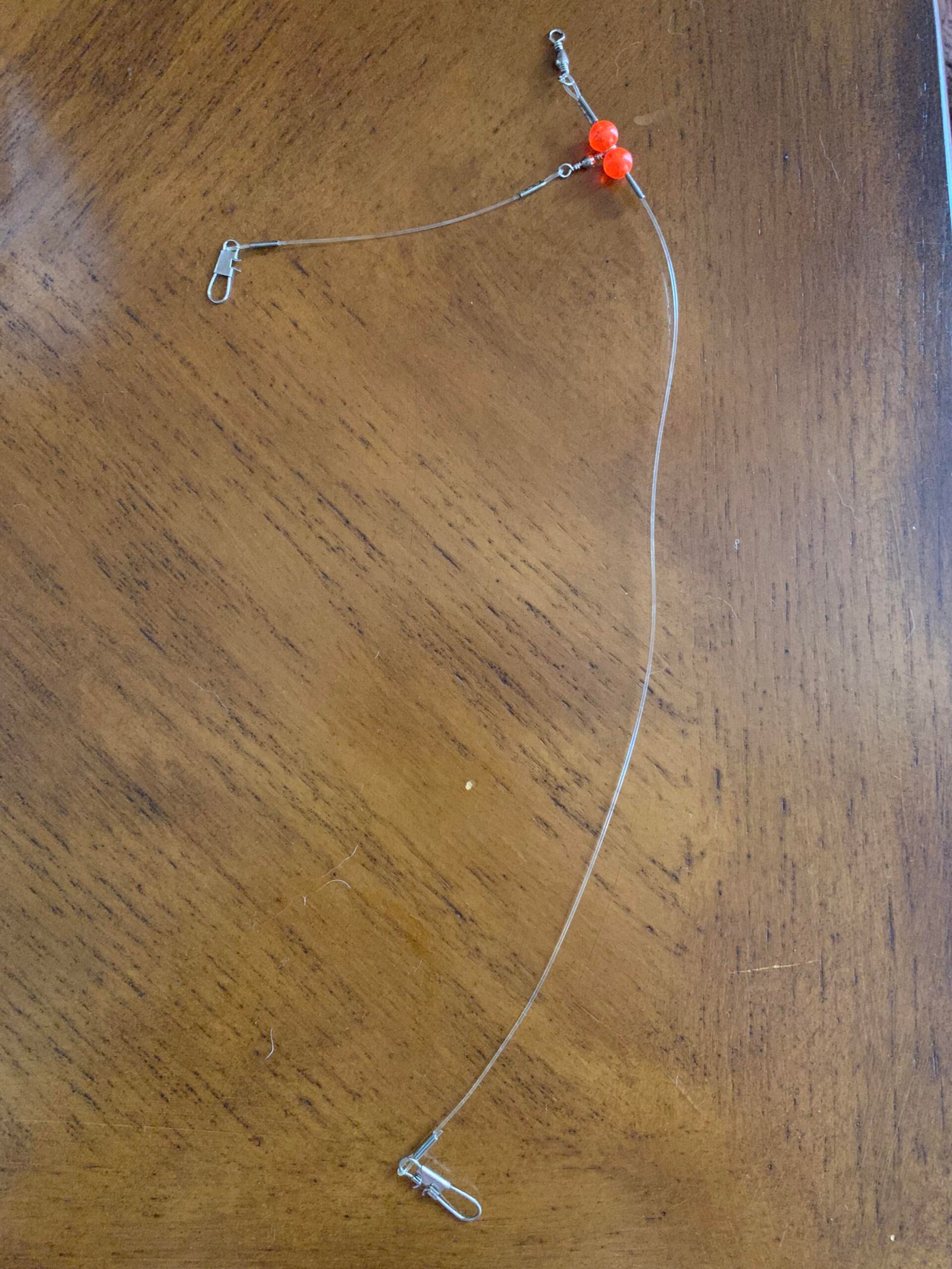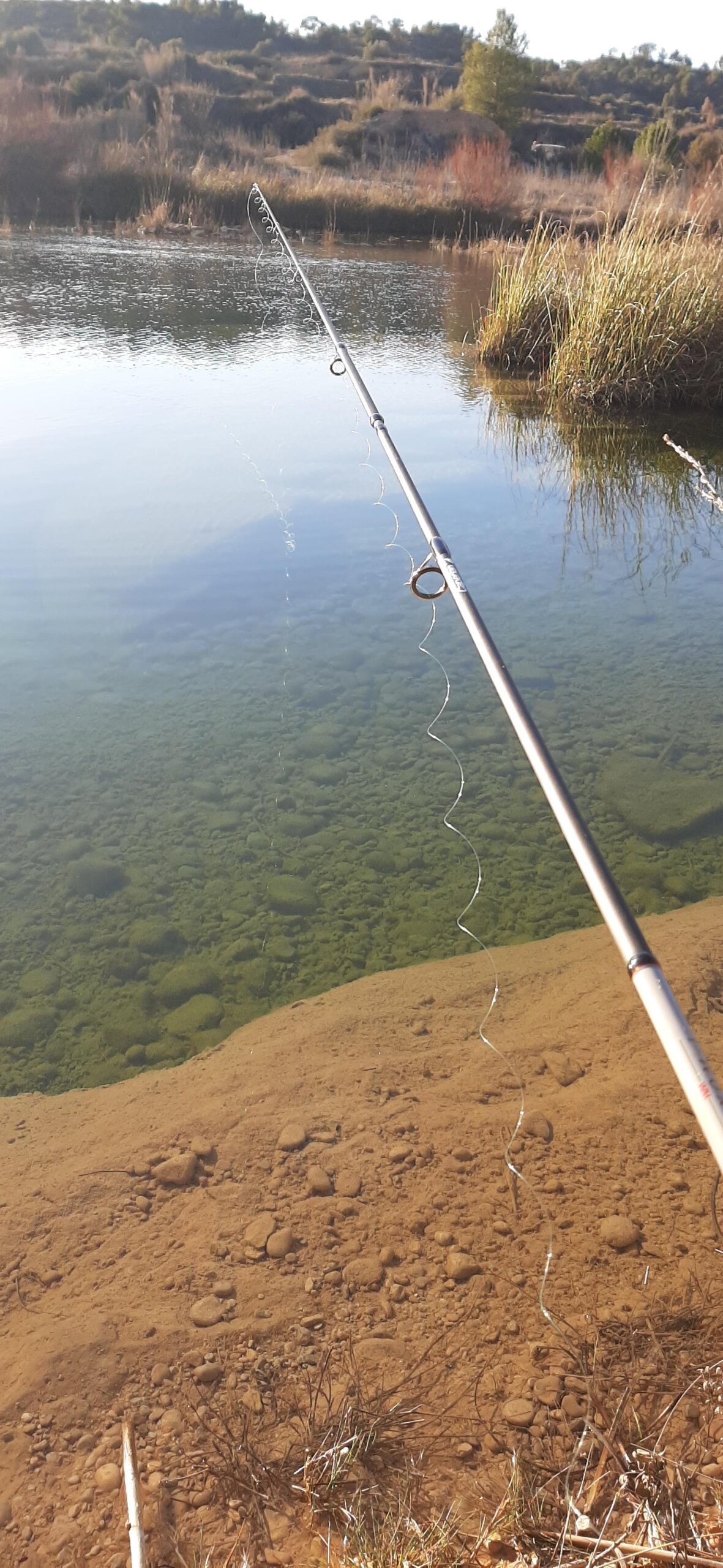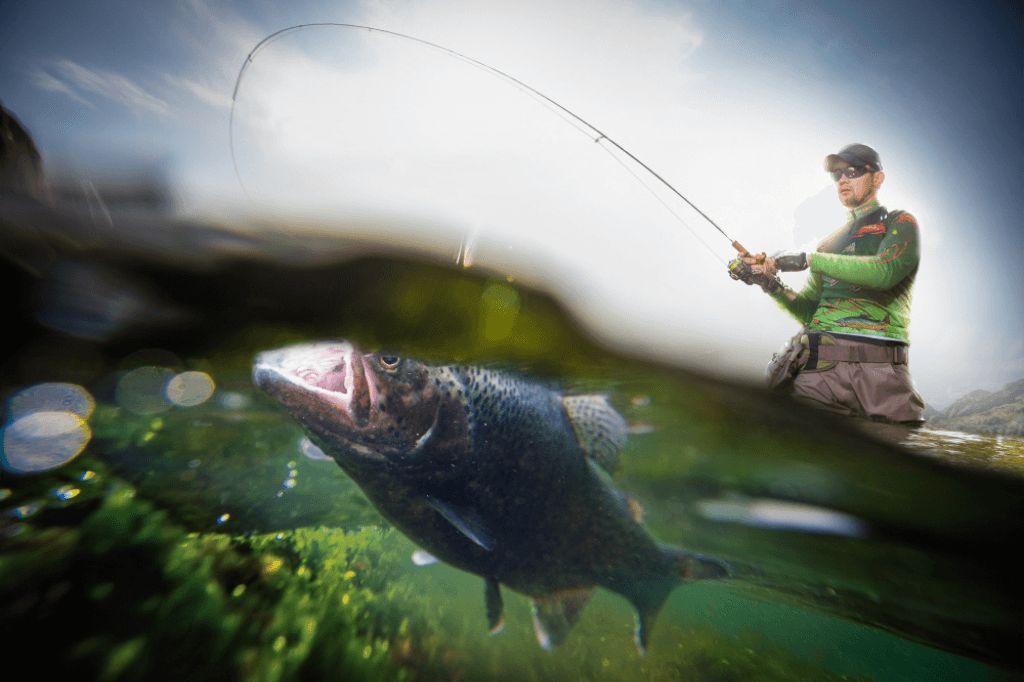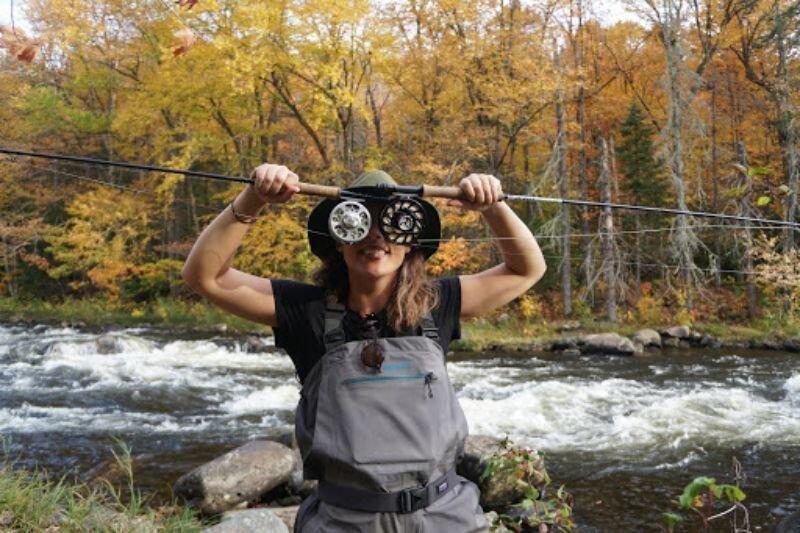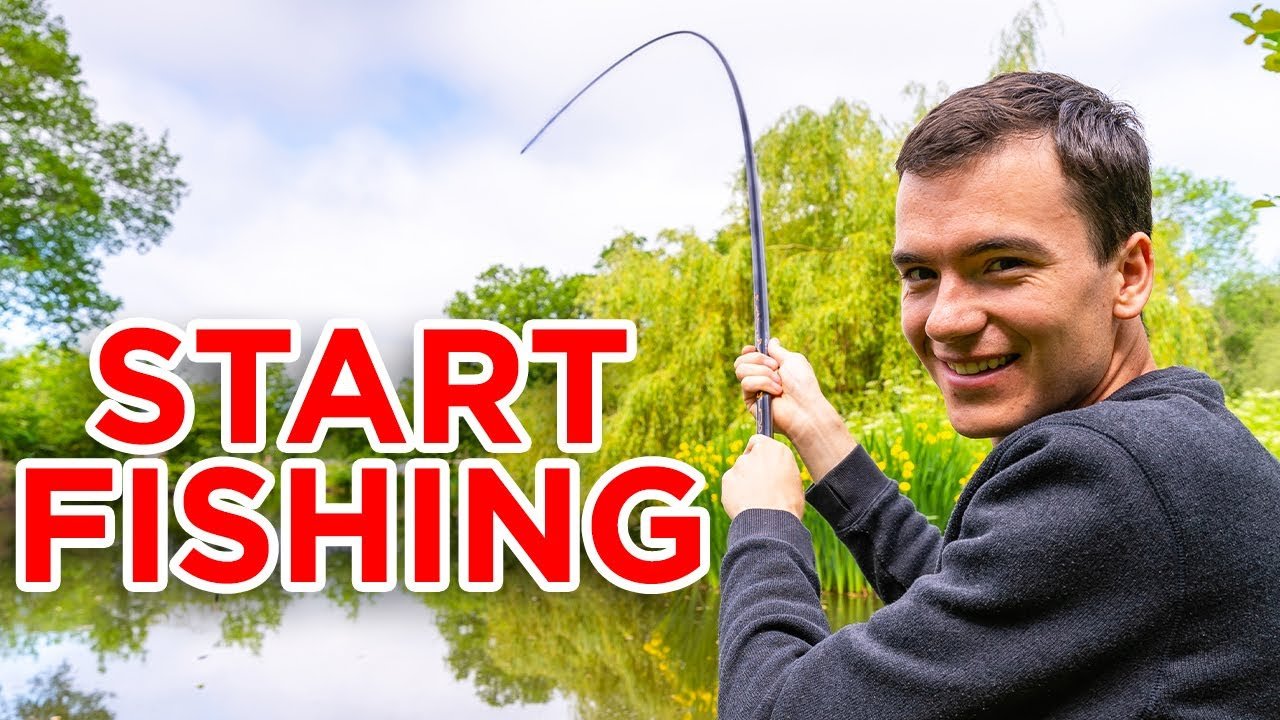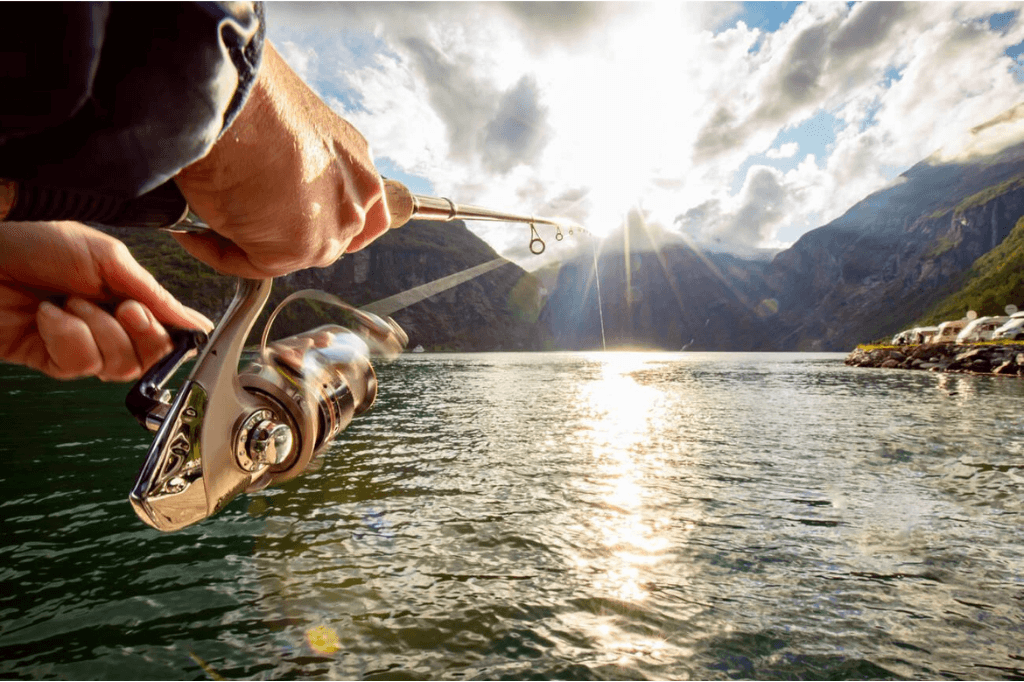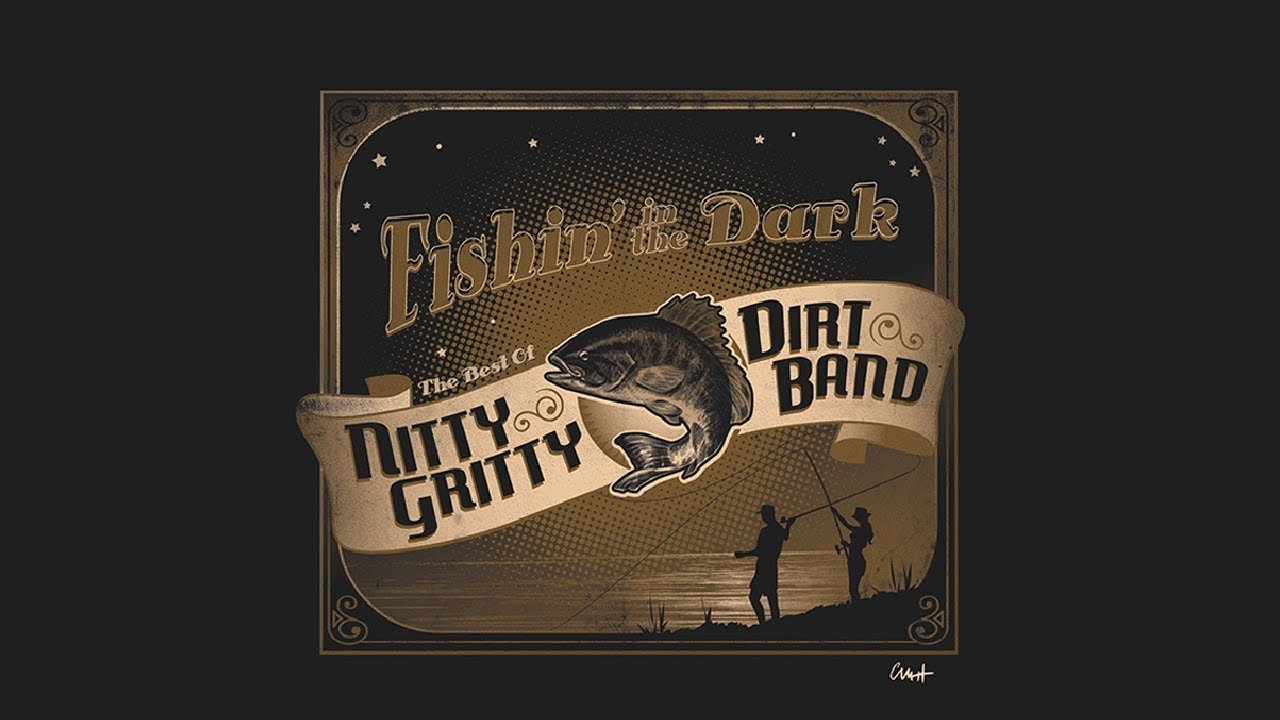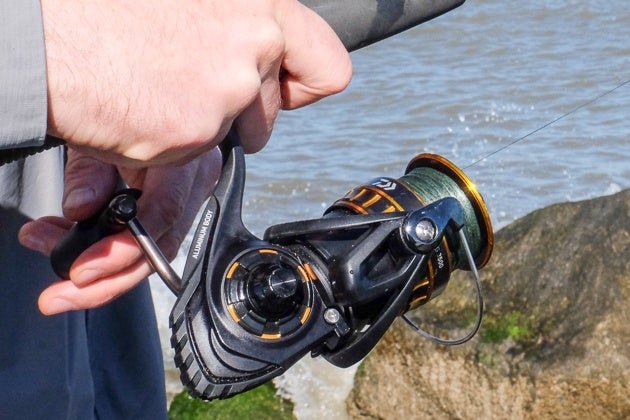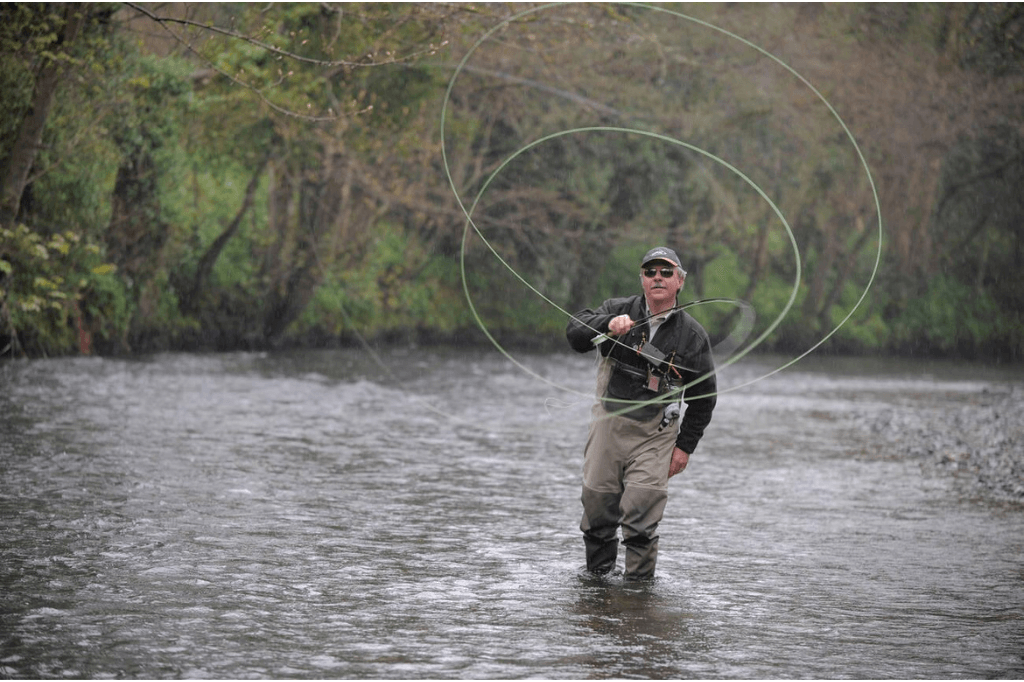Selecting the right fishing rod can be pivotal for an angler’s success and enjoyment. These rods come crafted from materials like fiberglass, graphite, or a composite of both, offering a blend of durability and sensitivity. Experienced fishers choose their rod based on the type of fishing they plan to do—whether that’s freshwater bass fishing, saltwater trolling, or fly fishing in a mountain stream.
The length, power, and action of the rod are crucial considerations that can impact casting distance and accuracy, the hook set, and the ability to land a catch effectively. Anglers must also ponder the compatibility of the rod with the reel to ensure a seamless fishing experience. With advancements in technology, modern rods are continuously improving, providing options that cater to all skill levels from beginner to pro.
Reeling In The Basics
The Anatomy Of A Fishing Rod
Every fishing rod has key parts, each with a special role. Know these parts, and you’re on your way to a great catch.- Handle: Where you grip the rod
- Reel Seat: Holds the reel in place
- Blank: The main part of the rod
- Guides: Rings that guide your line
- Tip: The end part, sensitive to fish bites
Choosing The Right Rod Material
Rod materials impact flexibility, strength, and sensitivity. Pick the right material for better fishing experiences.| Material | Pros | Cons |
|---|---|---|
| Fiberglass | Durable, strong, beginner-friendly | Heavier, less sensitive |
| Graphite | Lightweight, sensitive, powerful | More expensive, less durable |
| Composite | Balance of fiberglass and graphite features | May lack specialization |
The Mechanics Of Casting A Fishing Rod
Mastering The Overhead Cast
The overhead cast is the basic move every angler should learn. It’s perfect for gaining distance and accuracy. Begin with a firm grip on your fishing rod. Here’s a step-by-step guide to perfecting this essential skill:- Position your feet shoulder-width apart for balance.
- Align the rod with your target and keep the line taut.
- Swiftly draw the rod back over your shoulder to about a two o’clock position.
- Using a quick, smooth motion, swing the rod forward while releasing the line.
- Follow through with your cast, pointing the rod tip at your target.
The Side Cast Technique
Fishing in spots with overhead obstacles? A side cast can keep your line clear and your lure flying true. It’s an essential technique for tight spaces. Here’s how you can master the side cast:- Stand so your target is to your side, making sure the area is clear.
- Grip the fishing rod firmly and keep the line tight, just like the overhead cast.
- Swiftly move the rod horizontally while casting the line sideways.
- Release the line at the precise moment your rod points towards the target.
- Practice this cast to improve accuracy and control.
Rod Length Matters
Advantages Of Longer Rods
Longer rods excel in many scenarios. They provide more power for longer casts. This is crucial when covering more water or when distance is key. They also aid in line control, making them ideal for fly-fishing or float fishing.- Better casting distance for reaching far off spots
- Gives greater control over line for precise presentations
- Improves leverage during fights with big fish
- Higher line clearance to avoid snags and vegetation
Situations Suited For Shorter Rods
Shorter rods have their special uses. They are ideal for tight spots where long casts aren’t necessary. Easy to handle and maneuver, they suit kayak fishing or brushy stream fishing. Anglers find them comfortable for long days on the water.- Enhanced accuracy for casting in tight spaces
- Easier handling for quick, repetitive casts
- Lightweight and less fatiguing for extended use
- Optimal for top-water tactics and short-range fishing
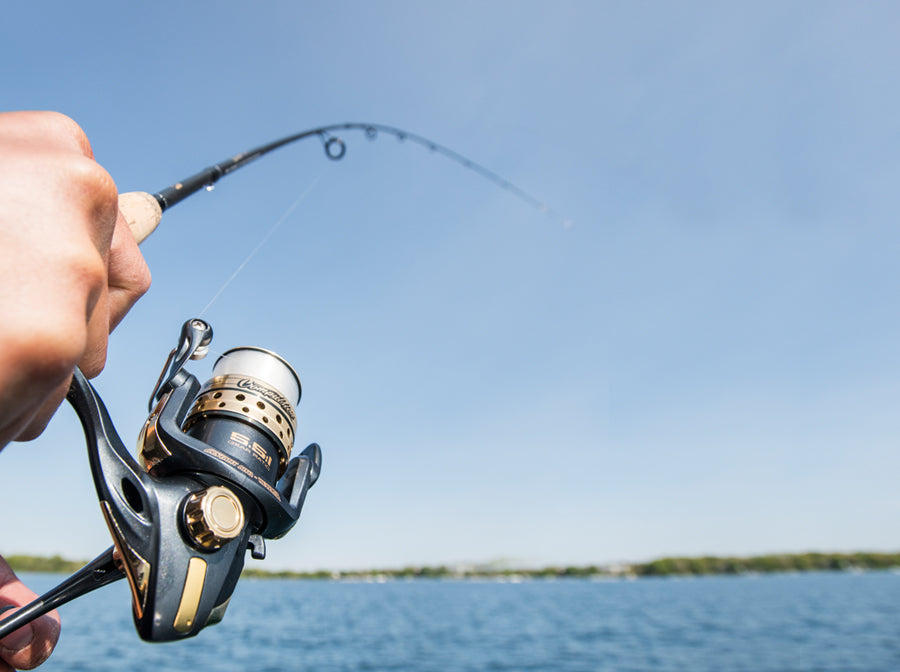
Power And Action
Understanding Rod Power
Rod Power describes the strength of a rod or its lifting capacity. It ranges from ultra-light to heavy. Here’s a table to explain:| Rod Power | Use Case |
|---|---|
| Ultra-Light | Best for small fish like panfish. |
| Medium | Good for bass or walleye. |
| Heavy | Ideal for large fish like pike or muskie. |
Determining Rod Action
Rod Action tells where your rod bends. Fast action rods bend near the tip. Slow action rods bend near the bottom. See these points:- Fast Action: Good for long casts and firm hooksets.
- Slow Action: More flexible, great for fighting fish close by.
- Medium Action: A balance for versatility.
Handles And Grips
Selecting The Right Handle Material
Diverse handle materials provide distinct benefits. Cork and EVA foam are popular choices.- Cork is lightweight and offers a good grip even when wet. It’s sensitive to subtle vibrations for a better fishing response.
- EVA foam is durable and resistant to elements such as UV rays and saltwater. It’s comfortable to hold for extended periods.
| Material | Weight | Sensitivity | Durability | Comfort |
|---|---|---|---|---|
| Cork | Light | High | Medium | High |
| EVA Foam | Medium | Medium | High | High |
Grip Styles For Comfort And Control
The correct grip style can immensely improve your fishing technique and ease. Options to consider include the full grip and the split grip.- Full Grip: This traditional grip offers stability and leverage, suitable for casting at long distances.
- Split Grip: It reduces the rod’s weight and increases sensitivity, ideal for precise casting.
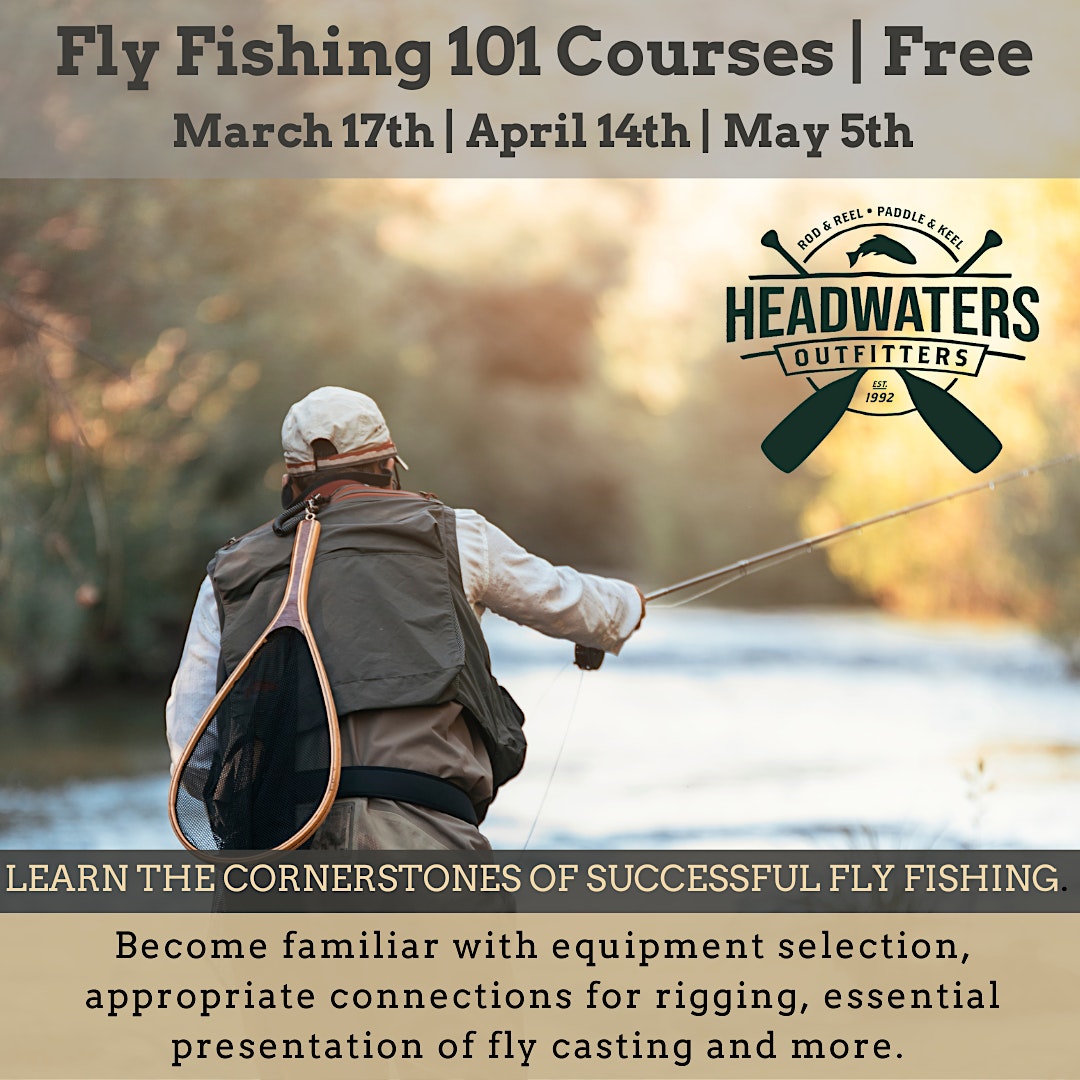
Credit: headwatersoutfitters.com
The Reel Deal
Matching Reels To Rods
Pairing reels with rods is an art. It’s about balance and comfort. The weight and size of the reel should complement the rod. A misfit can throw off your casting and tire your arm quickly.- Check the rod’s specifications: Look for the recommended reel size.
- Consider the fishing technique: Certain styles demand specific reel-rod combinations.
- Test for balance: A well-matched reel and rod will balance near the handle.
Reel Types Explored
There are several types of fishing reels, each designed for different fishing conditions and species. Understanding the types helps you make an informed choice.| Reel Type | Best For | Features |
|---|---|---|
| Spinning Reel | Beginners and all-purpose fishing | Easy to use, versatile |
| Baitcasting Reel | Experienced anglers and precision casting | Control and accuracy |
| Spincasting Reel | Novices and casual anglers | Simple, push-button operation |
| Fly Reel | Fly fishing experts | Specialized for fly line |
Line And Lure Selection Guide
Choosing The Appropriate Fishing Line
Understanding the different types of fishing lines is vital. The main types include monofilament, braided, and fluorocarbon lines. Each type has unique characteristics and uses:- Monofilament: Stretchy and forgiving, best for beginners.
- Braided: Thin and strong, good for long casts. Not stretchy.
- Fluorocarbon: Nearly invisible underwater, sinks quickly.
| Water Condition | Target Fish | Recommended Line |
|---|---|---|
| Clear water | Shy species | Fluorocarbon |
| Rough water | Larger fish | Braided |
| All-around condition | Various sizes | Monofilament |
The Art Of Lure Selection
Choosing the right lure is an art. Lures mimic the look and movement of prey. Consider these factors:- Water clarity: Use natural colors in clear water. Bright colors or sparkles work well in murky water.
- Type of fish: Match the lure to the prey of your targeted fish.
- Season and time: Some lures work better in different seasons and times of day.
- Spinners: Flash and vibration attract fish. Good for moving water.
- Plastic worms: Mimic live worms. Best for bass.
- Jigs: Versatile. Can be dressed with feathers or bait.
- Topwater lures: Float on the surface. Excite fish with splashing.

Credit: www.amazon.com
Maintenance And Care
Proper maintenance ensures your fishing rod lasts many seasons. A fishing rod is an investment for any angler. Maintaining your rod not only extends its life but also keeps it performing at its best. Whether you’re a seasoned pro or a weekend warrior, follow these key steps to keep your gear in top condition.
Cleaning Your Rod
After every trip, clean your rod to remove dirt and salt. This prevents damage to the rod’s materials. Use warm water and a mild soap. Rinse thoroughly. Dry your rod with a soft cloth before storing it.
- Unhook lines and lures.
- Dismantle your rod carefully.
- Wash each section with soapy water.
- Rinse parts under running water.
- Pat dry with a towel.
- Let air dry completely before storage.
Regular Inspections For Wear And Tear
Inspect your rod regularly for signs of wear or damage. Look for cracks, nicks, or frayed lines which can weaken your rod. Pay special attention to the guides and the reel seat.
| Check Area | What to Look For |
|---|---|
| Guides | Scratches or grooves |
| Reel Seat | Looseness, rust, or corrosion |
| Handle | Wear or degradation |
| Ferrules | Cracks or misalignment |
Any damage should be fixed immediately to prevent loss during a catch. Handle minor repairs yourself or consult a professional for serious issues.
Advanced Techniques And Tips
Perfecting The Double Haul Cast
The double haul cast is a game-changer for reaching further distances with precision. Key to achieving this skill is timing and rhythm. Practice with these steps:- Start with the rod tip low, and your line laid out straight.
- Pull on the line with your non-casting hand as you move the rod tip back.
- As the rod reaches the back cast stop point, accelerate the pull on the line.
- Snap the rod forward and simultaneously release the line in your hand.
Weather And Water Conditions: Adjusting Your Approach
Weather and water conditions significantly impact fishing success. Keep these tips in mind:| Condition | Approach |
|---|---|
| Windy Days | Use heavier line and lures, cast low and sideways. |
| Sunny and Clear | Opt for transparent lines, refined lures. |
| Overcast Skies | Try topwater lures and vibrant colors. |
| Cold Water | Slow down your approach, use smaller lures. |
| Warm Water | Increase retrieval speed, pick bright lures. |
Accessorizing Your Fishing Rod
Must-have Accessories
- Fishing Line: The lifeline of your rod; choose a strong and durable line.
- Line Cutters: For clean and quick line cuts; a must for efficient rigging.
- Hooks: Stock a variety – each type has a distinct advantage.
- Lures: They attract fish; have multiple types for different species.
- Floats: Keep your bait at the perfect depth; crucial for success.
- Sinkers: Get your hook to the right depth; weight and shape matter.
- Swivels: Stop line twisting; keep your setup straight and true.
- Rod Holder: Gives your arms a break; keep the rod steady and ready.
Customization For Efficiency
Customizing your rod makes fishing easier and more successful. Here’s how:- Reel: Choose one that fits your rod and fishing style for best results.
- Handle Grip: A comfortable grip means longer fishing with less strain.
- Storage Rack: Keep your rod safe and untangled when not in use.
- Carrying Case: Protect your rod and accessories while traveling.
Joining The Angling Community
Local Clubs And Online Forums
Local fishing clubs open doors to friendships and skill-building. Online forums offer 24/7 advice for your fishing queries. Key benefits include:- Networking with local anglers
- Learning about the best fishing spots
- Access to exclusive club events
- Online support from a global community
Fishing Competitions And Events
Fishing competitions offer excitement and a chance to showcase your skills with a rod. Events cater to all ages, promoting a family-friendly environment. Highlights include:| Type of Event | Benefits |
|---|---|
| Local Derbies | Community bonding, fun prizes |
| Regional Contests | Skill enhancement, bigger stakes |
| National Championships | National recognition, sponsors |
Responsible Fishing Practices
Catch And Release Techniques
Catch and release means letting fish go after you catch them. To do it right, keep the fish wet and handle it carefully. Here’s how to keep them safe:- Use barbless hooks to make it easy to free the fish.
- Hold fish horizontally because this is how they swim.
- Don’t touch their gills, it can hurt them a lot.
Sustainable Fishing Habits
To keep fishing fun for everyone, we must fish smart. Our oceans and rivers will thank us! Check out these sustainable habits:| What to Do | Why It Matters |
|---|---|
| Check fishing rules | Every place has rules to protect fish. Follow them! |
| Use the right gear | This makes sure you don’t catch baby fish or the wrong kind. |
| Take your trash | Litter can hurt fish and pollute their homes. |
Frequently Asked Questions On Fishing Rod
What Is A Good Fishing Rod For Fishing?
A good fishing rod balances sensitivity, strength, and flexibility. The Ugly Stik GX2 offers an excellent combination, suitable for both beginners and seasoned anglers.
How Much Is A Good Fishing Rod?
A good fishing rod typically costs between $50 and $200, depending on quality and features. High-end rods may exceed $500 for professional-level performance.
What Brand Fishing Rod Is Best?
The best fishing rod brand often varies based on personal preference, but Shimano, Daiwa, and St. Croix consistently receive high praise for quality and durability.
Is There A Difference Between A Fishing Pole And Rod?
Fishing poles are generally simpler, often made of bamboo or cane, while rods are more complex with reels, guides, and made of graphite or fiberglass.
Conclusion
Selecting the right fishing rod can elevate your angling experience significantly. It’s essential to match the rod to your preferred style and target species. With a variety of options, investing time in research pays off. Embrace the journey towards finding that perfect rod and enjoy every catch to its fullest.
Tight lines and happy fishing!










